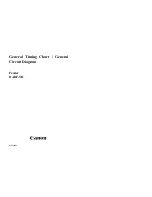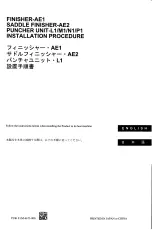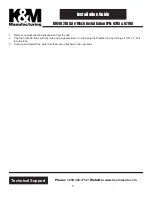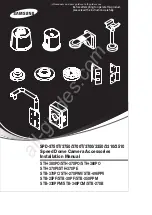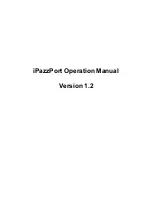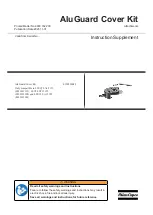
12
00P-0T1027-A
Sway Bar Tuning Guidelines
Sway bars are your largest tuning tool and are capable of affecting the balance of the car
during each phase of a corner: corner-entry, mid-corner and corner-exit. However, sway
bar tuning is especially useful for adjusting mid-corner behavior. Corner-entry and
corner-exit are considered transition periods. During these transition periods the shocks
are capable of modifying the balance of the car. At mid-corner, shock settings have no
affect on balance and adjustments are made with the sway bar. In other words, sway bars
could correct a corner-entry or corner-exit balance problem but, shocks can not correct a
mid-corner balance problem. This is the reason that sway bar tuning should ideally be
done during mid-corner.
When tuning sway bars it is best to find a long constant radius turn at which you can
incrementally increase speed until the limit of traction is found. There are three possible
scenarios at the limit of traction.
1.
The front tires exceed their limit of traction first. This condition is commonly
called under-steer, push or tight.
2.
The rear tires exceed their limit of traction first. This condition is commonly
called over-steer, tail-happy or loose.
3.
The front and rear tires exceed their limit of traction at the same moment. This
condition is commonly called a four-wheel-drift or neutral balance.
After you have determined the behavior of the car it is possible to change this balance by
changing the sway bar settings.
Let’s take a look at case one for a moment. The front tires are being asked to carry a
cornering load higher than they are capable of while the rear tires are being asked to carry
a cornering load lower than they are capable of. By either moving the front sway bar to a
softer setting or the rear sway bar to a stiffer setting you will remove some of the
cornering responsibility from the front tires and add it to the rear tires.
The general rule of sway bar tuning is to soften the end that needs additional traction. It
is also equally as effective to stiffen the end that needs less traction. Typically in the
Corvette we tune with the rear sway bar because adjustments on the rear sway bar are
easier to perform at the track.
Each arm is marked with numbers corresponding to each adjustment hole.
Lower numbers are a softer setting. Higher numbers are a stiffer setting.














